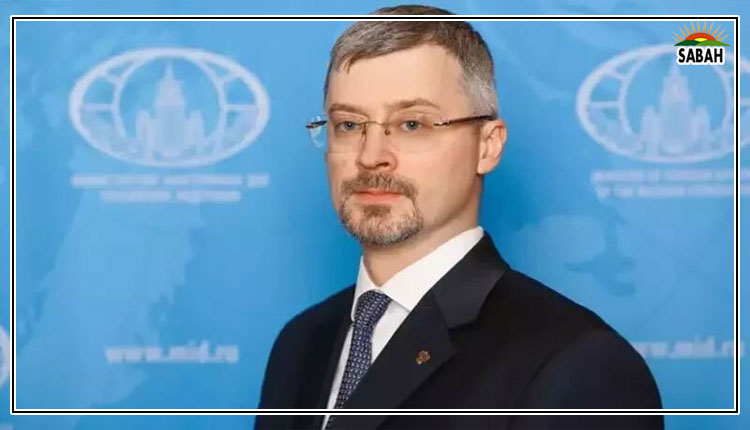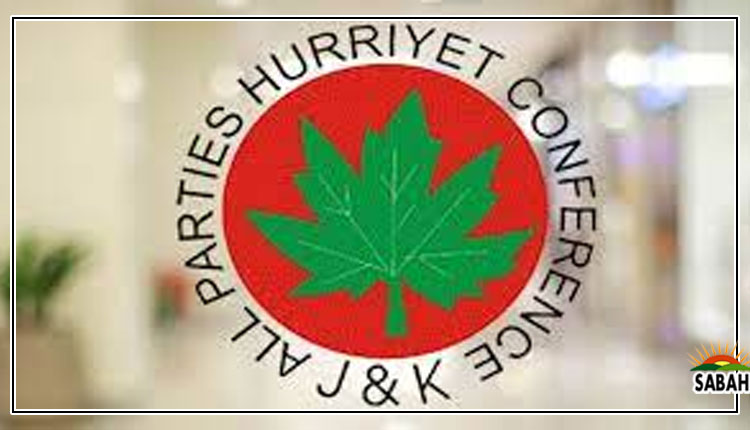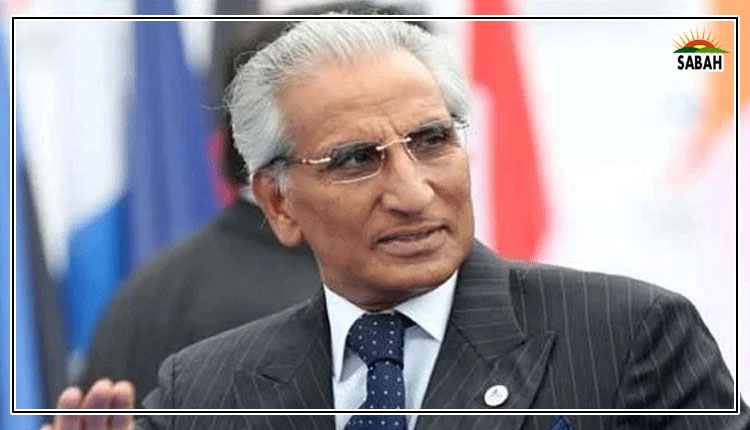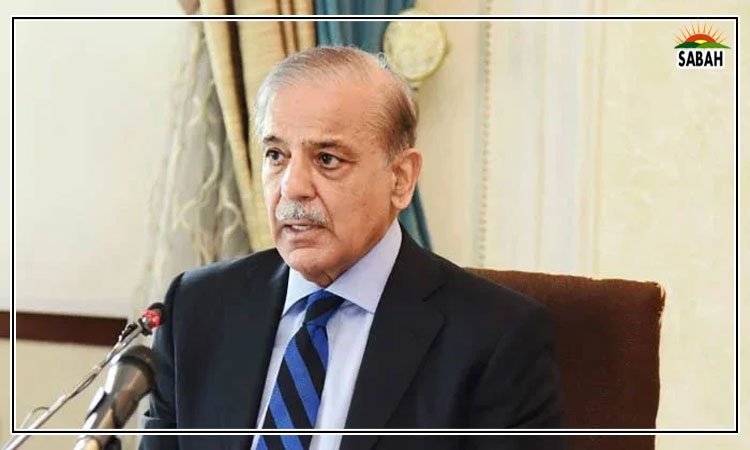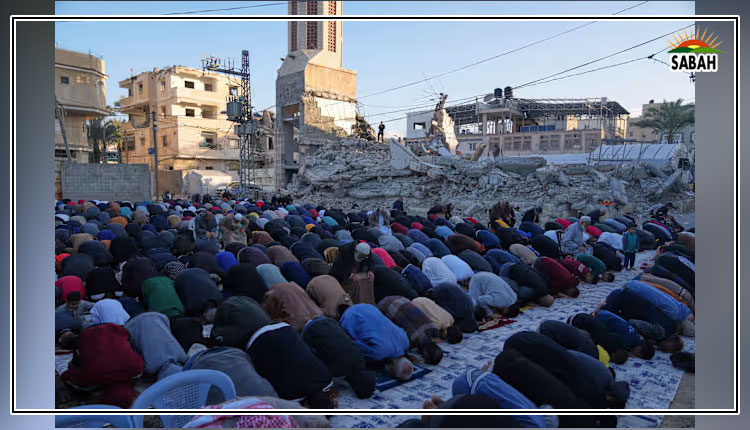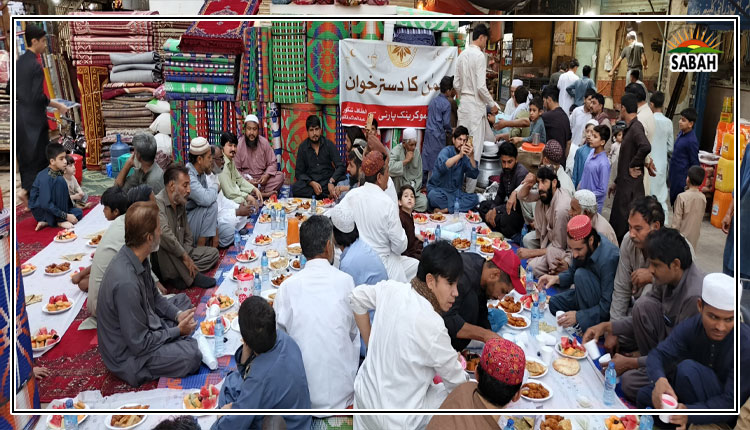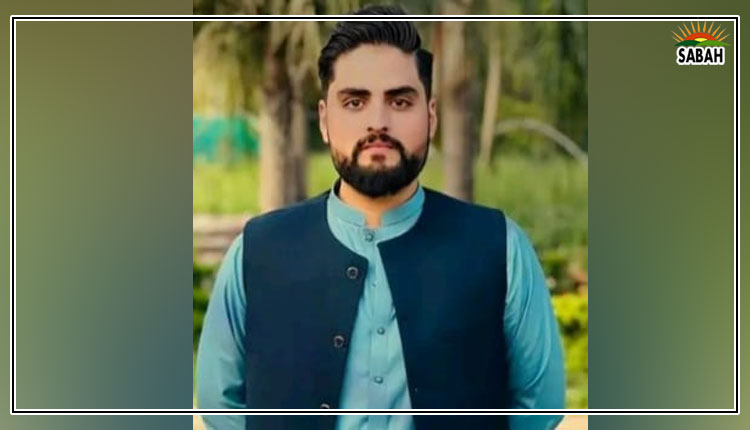The Dadasara Boy… Burhan Sheikh Momin
In Indian Occupied Kashmir (IOK), no one could have predicted that a young man, only 22 years old, would turn guerrilla warfare on its head by taking on the vast Indian occupational apparatus even without hiding who he was. Born in Dadsara village in the Tral area of Pulwama on September 19, 1994, Burhan Wani was the son of a school principal Muhammad Muzaffar Wani. With two younger brothers and a sister, he went by the name Burhan. Like many young Kashmiris, Wani experienced personally the effects of military crackdowns, arbitrary detentions, and other atrocities by the occupational military. As a result, he developed animosity towards an authority that continues to be oppressive to Kashmiris.
Wani fled from his house at the age of 15 in search of a gun. Following that, the occupational authorities announced a reward of Rs 10 lakh for him and martyred the majority of his assistants. However, Wani’s legacy continues to influence the region. Many continue to publicly confront the Indian military jackboots in IOK to stand up for what is right and wrong for everyone. Burhan Wani regarded social media as an incredibly powerful weapon for advocacy and mobilization at a time when it was poised to completely transform global communication. He disseminated his message, rallied support, and gave updates on the resistance effort in Kashmir through Facebook and WhatsApp. He transformed into a virtual commander with his insightful posts and videos, inspiring a whole generation of Kashmiri youth to take part in the fight against the illegal occupation of their motherland. Wani addressed a large audience on social media, both inside and outside of Kashmir, while eluding censorship in the traditional media.
A Human Rights organization noted that his impact went beyond his status as a resistance commander and that he gave thousands of young Kashmiri boys who felt repressed and discriminated against a purpose. His actions and leadership of Hizbul Mujahideen helped to define the ongoing battle for Kashmiri independence since many people shared his intention to exact permanent revenge on those who are oppressed in the East. His legacy continues to inspire young Kashmiris to reclaim their identity amidst ongoing conflict. On the one hand, the elusive “Burhan effect” is still significant; it is a potent representation of Kashmiris’ persistent political unhappiness and their wish to escape the oppressive rule of New Delhi. He was shot dead on July 8, 2016 during a gun fight with Indian occupational forces in the Kashmir region. After the death of Burhan Wani on 8 July, 2016 there were days and weeks when Kashmir saw no end to strife. Wani today is an icon of Kashmiri resistance and the continuing battle for freedom against oppression.
The writer is currently working at LFK




